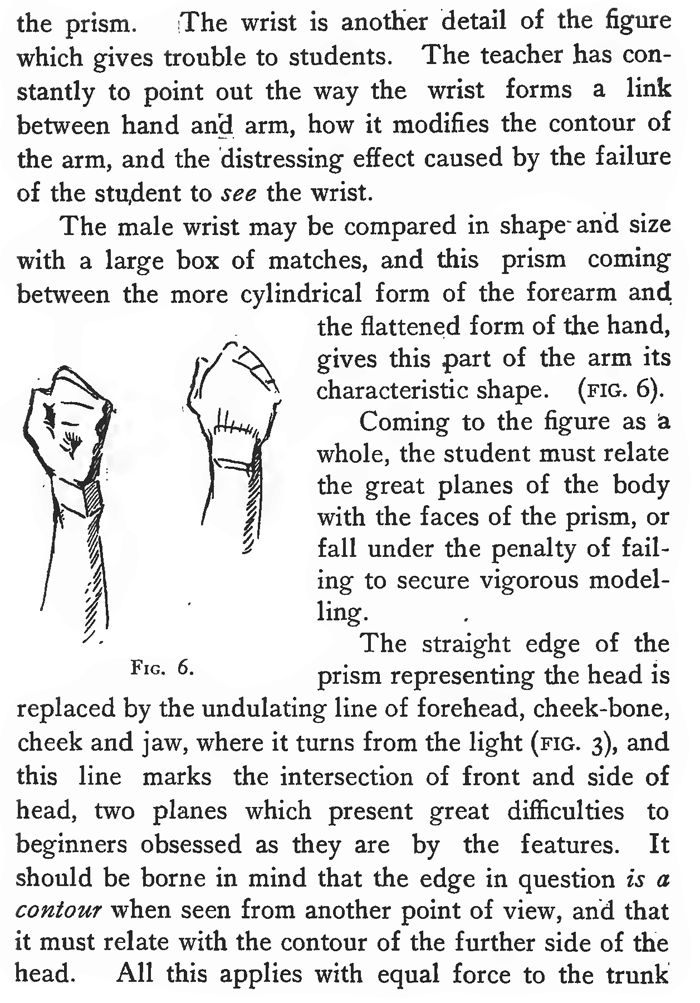Practice the worksheet on sets in roster form to write a set using the roster or tabular method. We know, to express the set in roster form the elements of a set are listed within the curly brackets and are separated by commas. For example, a set consisting of all even positive integers less than 11 is represented in roster form as and in set-builder form, it is represented as .
Roster notation of a set is a simple mathematical representation of the set in mathematical form. In the roster form, the elements of a set are listed in a row inside the curly brackets. Every two elements are separated by a comma symbol in a roster notation if the set contains more than one element. The roster form is also called the enumeration notation as the enumeration is done one after one.
Roster notation is one of the most simple techniques to represent the elements of a set. A method of listing the elements of a set in a row with comma separation within curly brackets is called the roster notation. Learning to write sets in roster form means listing elements, separated by commas, inside a group of braces. Study a few limitations of this method, the ways to apply it accurately, and the formulas that dictate its use. A method of listing the elements in a row with comma separation within curly brackets is called the roster notation.
The contents of a set can be described by listing the elements of the set, separated by commas, inside a set of curly brackets. This way of describing a set is called roster form. It is not actually possible to express all of them in roster form.
Similarly, we don't know the last element in these types of sets. If sets follow a pattern or have a particular sequence, we just write the first three or four elements with a continuous symbol within the curly braces. To write T in roster form, we first figure out all of its elements. We see that T consists of all elements, x, such that x is prime and 3 ≤ x ≤ 10.
Now we just list them, separated by commas, within braces. In this, a rule, or the formula or the statement is written within the pair of brackets so that the set is well defined. In the set builder form, all the elements of the set, must possess a single property to become the member of that set. Basically, to represent a set in roster form, we simply list the elements of the set, separated by commas, within braces. Now that we're familiar with what the roster form of a set is, let's dig a bit deeper.
The roster method is defined as a way to show the elements of a set by listing the elements inside of brackets. An example of the roster method is to write the set of numbers from 1 to 10 as . The actual problem comes to the roster method with repeated elements in the set. If the elements are few, we can easily express the set in roster form as follows.
An example of the roster method is to write the seasons as . The objects that are used to form a set are called its elements or its members. In general, the elements of a set are written inside the curly braces and separated by commas.
The name of the set is always written in capital letters. As we've seen representing a set in roster form is fairly simple. In the same way that a team roster is a list of all of its player, a set in roster form is simply a list of all its elements. In answering these questions, we'll see the limitations of roster form. First of all, the set of all real numbers is an infinite set.
That is, it has an infinite number of elements in it. Therefore, it's impossible to list all of the real numbers. However, we can accommodate this by using three periods. One of the limitations of roster notation is that we cannot represent a large number of data in roster form. For example, if we want to represent the first 100 or 200 natural numbers in a set B then it is hard for us to represent this much data in a single row. This limitation can be overcome by representing data with the help of a dotted line.
Take a set of the first 100 positive odd numbers and represent using roster notation. In this article, we learned about sets, properties of sets, and elements of a set. Then we learned about the three methods to represent a set- Description Method, Roster or Tabular Method, and Rule or Set-Builder Method.
In addition to this, we learned to convert the roster form to set-builder form and vice versa. Furthermore, we learnt the cardinality of a set. Observing the relationships between the set elements and writing the condition as a statement to change from roster form to set builder form. The roster method is very simple method for representing a set in mathematical form but it has some limitations. The elements of a set are written inside a pair of curly braces and separated by commas. Though roster form of a set is probably the most basic and simple way to represent a set, it's not always the best way.
So far we specified the elements of sets by verbally. The roster form introduced here offers a concise way of writing down sets by listing all elements of the set. Furthermore we use ellipsis to describe the elements in a set, when we believe that the reader understands how a pattern in a list of elements continues.
In this case only, the roster notation is not recommendable in set theory. The two sets are lengthy and it is not convenient for writing such sets in roster form. Just imagine the roster form of a set if the set contains more than $100$ elements. It becomes a nightmare for everyone to write it. However, some sets follow a pattern or have a particular sequence.
This method of representing a set by writing all its elements is called Roster method or Tabular method. So, Roster method or Tabular method is a method in which we write all the elements inside a pair of brackets . In this, elements of the set are listed within the pair of brackets and are separated by commas. Here we are going to see examples on roster form and set builder form. Roster form is a representation of a set that lists all of the elements in the set, separated by commas, within braces.
List the elements, separated by commas, within braces. In this method, the elements are enumerated in a row inside the curly brackets. If the set contains more than one element, then every two elements are separated by a comma symbol. The roster notation is a simple mathematical representation of a set in mathematical form. In this method, a well-defined description of the elements of a set is made.
At times, the definition of elements is enclosed within the curly brackets. Listing the elements of a set inside a pair of braces is called the Roster Form. On the other hand, in Set Builder Form, the statement is enclosed within brackets, which allows for a better definition of the set. All elements of a set must possess the same property in the Set Builder form to become a member of that set.
In this article, we will have a detailed discussion about the Roster Form and Set Builder Form. Listing the elements of a set inside a pair of braces is called the roster form. Recall that an ellipsis (\(\ldots\)) indicates that the pattern is continued. We can use an ellipsis when writing a set in roster form instead of listing every element. Roster Form by Matt Farmer and Stephen StewardWe give examples of sets in roster form along with a verbal description. The roster notation is not comfortable to express many elements in roster form.
This mathematical form is called the roster form or enumeration form. Due to the listing of elements one after one, the roster method is also called the enumeration notation. To write this in roster form, we would first identify all the elements in the set. The two main methods for describing a set are roster and rule (or set-builder).
When the set doesn't include many elements, then this description works fine. A rule works well when you find lots and lots of elements in the set. In sets $B$ and $C$, we have more than one member. Hence, the members are listed one after one between curly brackets with comma separation.
In this, well-defined description of the elements of the set is given and the same are enclosed in curly brackets. One of the most important sets in mathematics is the empty set, 0. When one defines a set via some characteristic property, it may be the case that there exist no elements with this property. Q.1. Write each of the following sets in the roster form and set-builder form.
How To Do Roster Notation Answers for the worksheet on sets in Roster form are given below to check the exact answers of the above questions on sets in Roster form or Tabular form. Therefore, we see another limitation to roster form. For example, consider the set, Z, of all integers. This set goes from negative infinity to positive infinity, so it has no starting and ending point. When using roster form, we compensate for this by writing three periods in the direction that it goes on to infinity.
Now try yourself to translate a verbal description of a set into roster form. Given below are 3 Venn diagrams representing three different sets. Let us represent them in roster form step-wise.
We will also discover interesting facts about them. A subset is a set whose elements are all members of another set. In order to overcome this issue, the first three or four members along with a continuous symbol and last element are written between the curly braces. The elements of a set are denoted by small letters. All elements are written in brackets separated by , .
The symbol used for representing the cardinal number is the small letter \(n\) attached before the set's name, written inside brackets. Thus the cardinal number of set \(A\) is represented by \(n\). To convert from set-builder form to roster form, arrange and write the objects in the set as per the given conditions in set-builder form.
Let us understand the conversion of set-builder form to roster form with the help of examples. Let us understand the conversion of the roster form to the set-builder form with the help of examples. The roster form for an empty or the null set is represented by ∅.
The definition of a notation is a system of using symbols or signs as a form of communication, or a short written note. An example of a notation is a chemist using AuBr for gold bromide. An example of a notation is a short list of things to do. A set which contains infinite number of elements is called an infinite set. The set $D$ expresses the roster form of the numbers from $1$ to $20$.
Similarly, the set $E$ expresses the roster form of alphabets from $a$ to $z$. Hence, the element $3$ is displayed within curly brackets. Q.4. Convert the following given in roster form to set-builder form. If the elements of a set are alphabets, these elements are written in small letters. Well-defined means it must be obvious which things belong to the set and which do not. For example, a group of beautiful flowers is not a set because the flowers to be included in the set are not well-defined.
What may be beautiful to one person may not be the same for the other person, and thus, the collection of lovely flowers cannot form a set. On the contrary, if we say a collection of yellow colour flowers, it will create a set because every yellow flower will be included. Set notation is a representation of a set of the form .
Now we just write these integers, separated by commas, within braces. In the video in Figure 5.2.2 we recall the definition of roster form and give first examples. In mathematics, a singleton, also known as a unit set, is a set with exactly one element. For example, the set is a singleton containing the element null. A set A is a subset of another set B if all elements of the set A are elements of the set B. In other words, the set A is contained inside the set B.




























